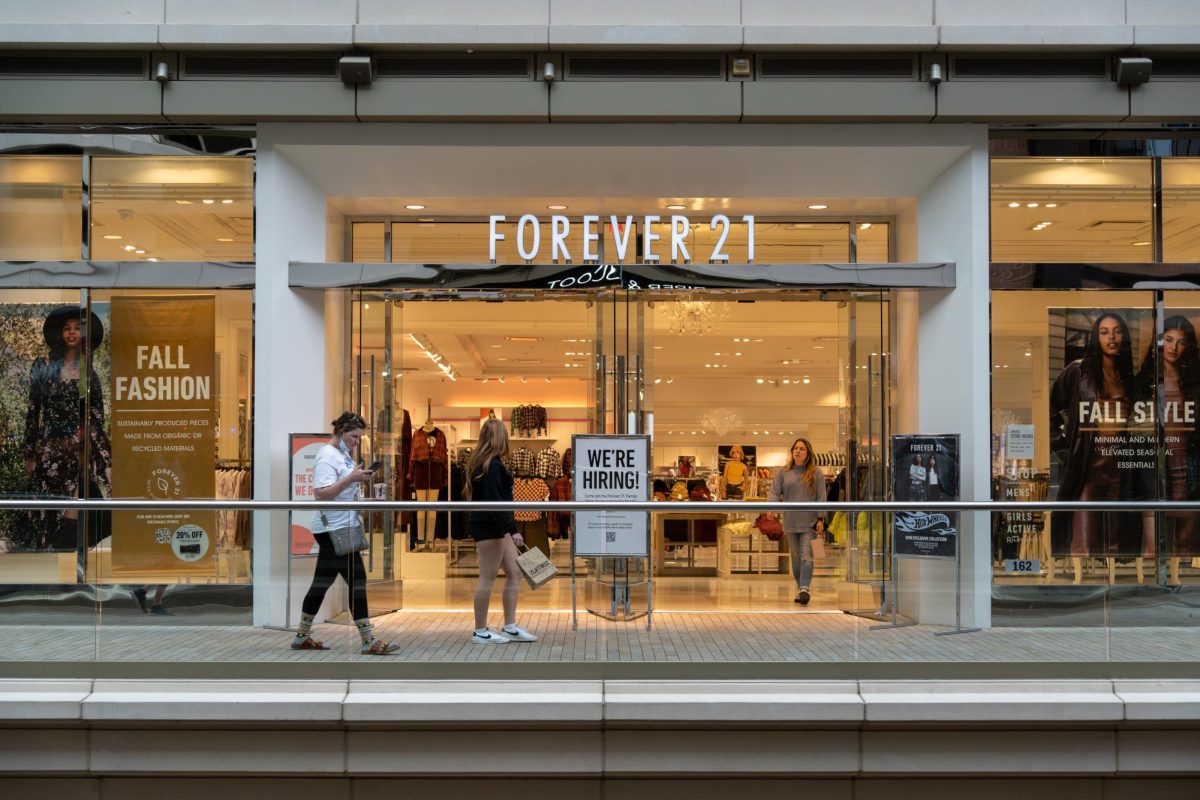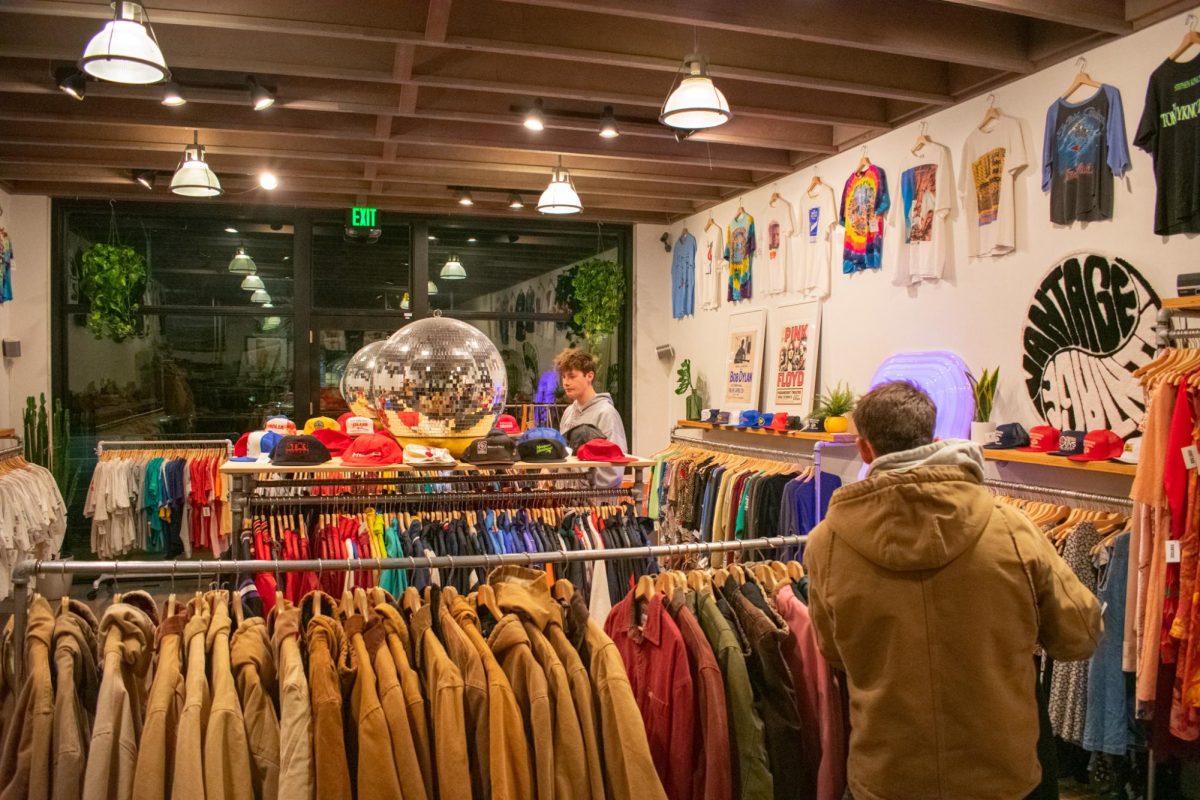By now, it’s common knowledge that fast fashion brands like Shein harm the environment, endanger their employees and exploit them through forced labor. Although Shein has faced consistent backlash from the public after concerns were raised about the consumerism crisis, Shein still has an estimated 74.7 million active shoppers.
A new lawsuit against Shein indicates they’ve been profiting from copyright violations by stealing small artists’ designs and work off social media. According to the suit, Shein has grown larger and larger by committing “individual infringements” without facing much damage to their company. Small business owners and fashion designers have finally spoken out about their stolen designs being mass-produced while they receive no credit or commission.
Despite their dark reality, these popular clothing websites continue to draw customers in with their cheap consumerist culture. Shein grew in popularity during the COVID-19 pandemic for their ability to follow the rapidly changing fashion cycle, persuading those stuck at home with their low prices and stylish clothes. We must critically examine and resist these cheap alternatives that come with a high cost to workers and the planet
What is Fast Fashion?
Fast fashion is trendy and stylish clothing that’s significantly lower-priced than average clothing brands. New designs are constantly released to meet the demand of rising fashion trends. Fast fashion is praised for offering trendy plus-sized clothes at affordable prices, which is viewed as a win for the plus-sized community.
Unfortunately, fast fashion is frequently associated with pollution. Giants in the industry such as Shein, Zara and H&M promote clothing waste by pushing the mentality that clothes are disposable instead of re-wearable. The global fashion industry is responsible for 8-10% of carbon emissions per year, with fast fashion companies being the largest contributors.

In the late 1990s, discretionary spending on clothing increased, introducing the rise of fast fashion trends and mass-produced cheap clothing. Before then, fashion was a time-consuming process that usually catered to middle- and upper-class families. Once new technologies like textile machines and sewing machines were introduced, mass production became much more common. As a result, clothes became easier to make and cheaper to buy.
Shein Steals
Three designers are suing Shein, claiming they use “secretive algorithms” to predict fashion trends — specifically an algorithm programmed to generate exact copies of artists’ preexisting work. One designer involved in the lawsuit, Krista Perry, claimed she discovered Shein selling copies of her print designs. The company allegedly sent her an email offering a mere $500.
The suit determines that Shein violated the Racketeer Influenced and Corrupt Organizations Act (RICO) by copying independent designers’ works. The designers say they’ve suffered “substantial damage to” their businesses through a reduction of value in their products and reputations, as well as a major loss of profits. However, since clothing is deemed a utility item, it does not have as many protections and is therefore difficult to settle lawsuits over.
Theft from designers is not a new issue. H&M has many of its own controversies involving copying work, including Gosha Rubchinskiy, a Russian fashion designer. He had his signature gothic font style placed on numerous items of clothing, such as hoodies and t-shirts. Even Urban Outfitters faced a lawsuit from the Navajo Nation for using the tribe’s indigenous patterns on various pieces of merchandise.
Better Options
Becoming aware of your own fashion footprint is crucial to changing the ethics of your shopping routine. Ethically and sustainably made clothing allows one to produce significantly less waste than when engaging with the fast fashion industry. By investigating the brands you love, you can discover whether they use fair labor practices and a sustainable process to decide whether to continue supporting that company.
You can also reduce clothing waste by thrifting — shopping at secondhand stores like Goodwill and Savers. By shopping secondhand, you’re not only recycling previously worn clothes but also finding cheaper, high-quality clothing made to last and be reused. Other options include supporting small businesses like Pib’s Exchange. This Salt Lake City store is a great place to start and offers a chance to sell your own clothes for store credit. You can also consider some local flea markets in SLC, like the Punk Rock Flea Market and the Urban Flea Market.
Although finding cute clothes that match your budget can be tough, I can say that thrifting has become one of my favorite hobbies. There’s no better feeling than finding an item at the thrift store that’s perfect for you. It adds a unique essence to your style, and you’ll never see another person with the same clothes on!
How Can You Help?
Speaking up against consumerism and fast fashion trends is the easiest way to ease the environmental impact they’ve created. Some people are completely unaware of the effects that fast fashion has on the environment, and human rights. It’s understandable that people looking to save money tend to lean towards fast fashion brands for lower-priced clothing. But buying cheap clothing to only wear the piece once or twice before it rips or goes out of style is not an efficient way to shop on a budget.
Choosing to make sustainable fashion choices is a great way to advocate for those suffering from the indiscretions of fast fashion companies and reduce personal waste. We must resist fast fashion companies like Shein and their transgressions against the environment, workers and artists.






Tonia Fike • Sep 11, 2023 at 7:44 pm
Lexi, thank you! This is a great article. Wonderful insight that will change how I shop for and repurpose fashion .